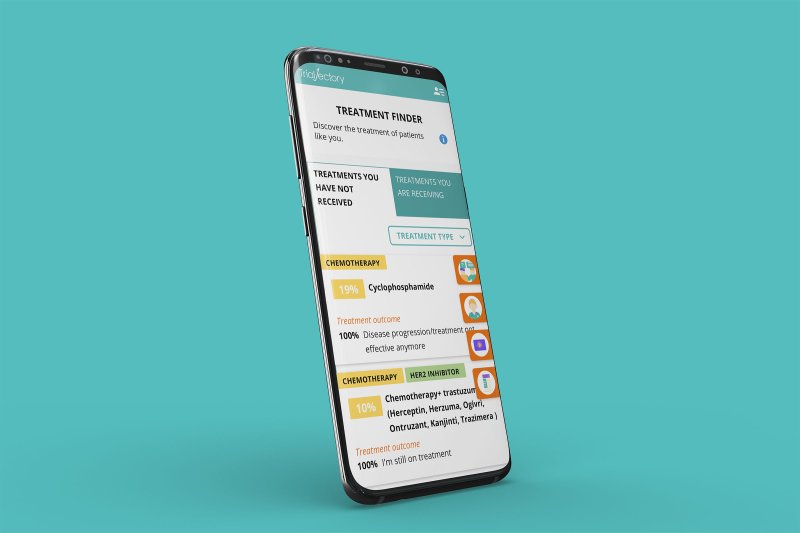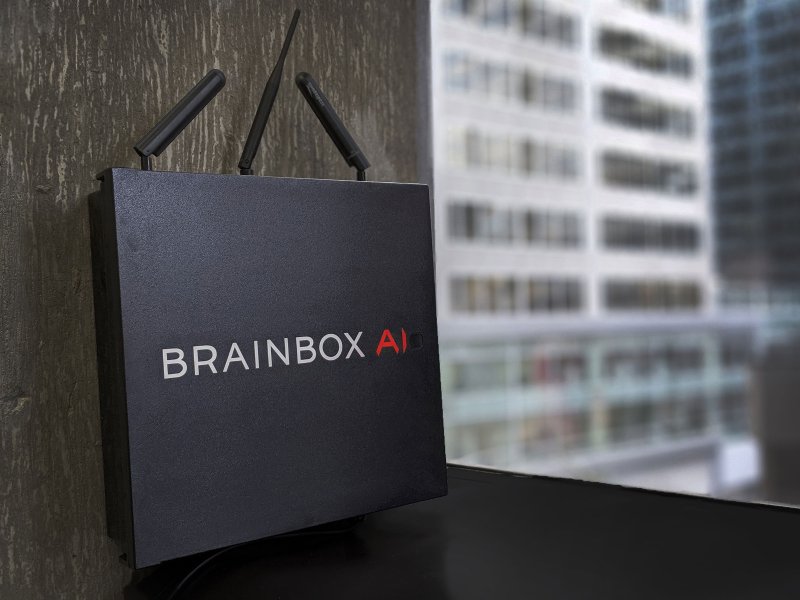Each year, TIME highlights the inventions that are making the world a better, smarter, and even more interesting, and the 2020 list solicits nominations from editors around the world, through an online application process, and evaluates each candidate on key factors such as originality, inventiveness, effectiveness, and think about what’s possible.
In the end, TIME selected 100 breakthrough inventions, including a smarter honeycomb, a greener toothpaste, and technology that could catalyze the COVID-19 vaccine, that are changing the way we live, work, play, and think.
This article is about THE BEST INVENTIONS OF 2020 - Artificial Intelligence.
1. A Skill-Building Robot, Embodied Moxie

Don’t let the cutting-edge AI and robotics fool you—Moxie is more like a Mister Rogers’ Neighborhood character than HAL. Created by vets of the children’s show as well as Pixar, Jim Henson Productions, and experts in education and child development, the robot is designed to help boost the social and emotional skills of 5- to 10-year-olds. In Moxie ($1,699), children find a compassionate pal who encourages reading and drawing, and sends them on missions meant to spur engagement with adults, siblings and peers, such as writing kind notes for their family to find or talking to a friend about feelings. Paolo Pirjanian, CEO and founder of Embodied, Moxie’s creator, says it is intended to offer “a springboard into the real world.”
—Marjorie Korn
2. A Refuge for Bees, Beewise Beehome

Buy now: Beewise Beehome
An astonishing 40% of bees die every year as a result of disease, pesticides and climate change—in part because busy commercial beekeepers miss warning signs. That’s where Beewise, an artificial- intelligence-powered hive, comes in. Using precision robotics, computer vision and AI, a Beehome—which costs $15 a month and might host 2 million bees—monitors the insects 24/7. When a hive is exposed to, say, parasites or experiences irregular temperatures, its internal systems respond immediately by applying pesticides, for example. Use of the smart technology can double pollination capacity and honey production, while decreasing colonies’ mortality rate. “Not only do bees not die,” says Saar Safra, Beewise’s CEO. “They thrive.”
—Mélissa Godin
3. A Guide To Cancer Trials, TrialJectory

In 2020, cancer diagnoses will thrust nearly 2 million Americans into the often bewildering world of treatments and clinical trials. TrialJectory aims to help. The service uses AI to read through thousands of clinical trials and extract information about the sorts of patients the researchers are looking for. Its algorithm then matches users with the clinical trials —like the one a patient found for her Stage IV metastatic breast cancer—based on the users’ responses to a series of questions about themselves and their disease progression. Since launching in 2018, TrialJectory’s researchers have expanded the system to cover more types of cancer, adding lung cancers this summer.
—Alejandro de la Garza
4. Built for the Climate, BrainBox AI

Five years ago, advances in autonomous cars inspired the founders of BrainBox AI to pursue a related goal: autonomous buildings. The company’s AI system uses data like weather forecasts to predict a building’s thermal conditions, then adjusts its AC or heating output accordingly. Launched last year, the technology now controls temperatures for more than 40 million sq. ft. of building space, helping reduce carbon footprints by as much as 20% to 40%.
—Alejandro De La Garza
5. Clearing The Airwaves, Krisp

As millions adjust to remote work, unwanted background noises—yelling kids, roaring lawn mowers, barking dogs—have become the scourge of online meetings. Think of Krisp as your mute button for all that. The noise- canceling app, which costs $5 a month if you pay annually and is compatible with any video conferencing software, uses machine learning to differentiate between your voice and background sounds, filtering out unwanted noises so your colleagues only hear you.
— Madeleine Carlisle

![[2020 TIME] The Best 100 Inventions Changing How We Live: Accessibility Products](/imgs/default.png)